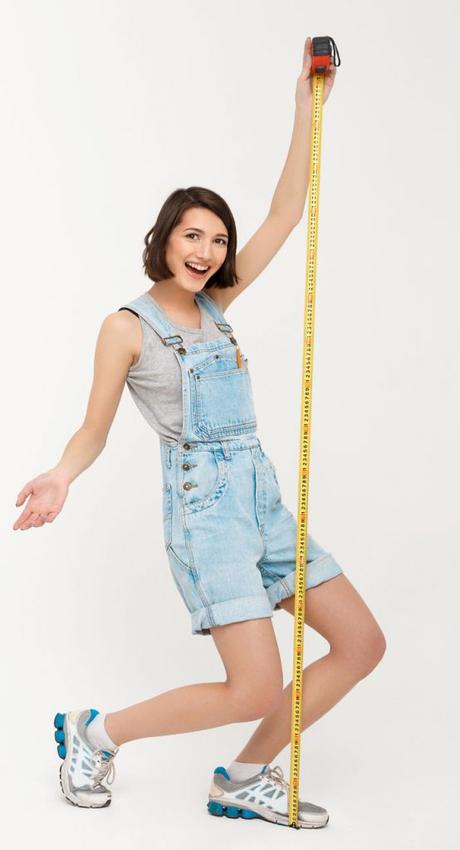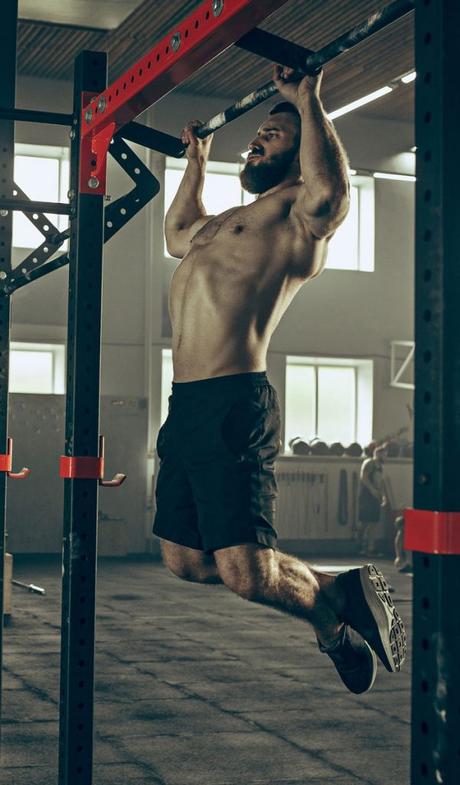Height plays an important role in strengthening people’s self-confidence. Human height is an aspect of their body that they do not have much control over. Scientists believe that about 80% of human height is determined by the genes in their bodies, and height is largely influenced by heredity. Each person’s height is determined by more than 700 different genes (rather than a single gene), which makes it very difficult to predict height.
Most people stop growing by age 18, but the exact time when height growth stops may vary depending on when puberty begins and gender. Girls usually reach their full height around age 14 or a few years after they start menstruating.
Boys usually stop growing around age 16 but may grow a few inches later. Physiotherapy is one of the few factors that can affect tall people even after puberty. In this article, we will examine the effect of physiotherapy to increase height.
The height of people between 60 and 85% is determined by genetics, but the rest is influenced by other factors. Physiotherapy by correcting posture or body position and a series of special exercises can be effective in reducing height after puberty. In this article, you will learn about physiotherapy to increase height.

Factors Affecting Height Velocity
The main factor affecting a person’s height is their genetic makeup. However, many other factors can affect growth, including nutrition, hormones, activity levels, and medical conditions.
Usually, people grow until they are 18 years old. Before that, a wide range of environmental factors and physical therapy to increase height can affect their height increase.
Babies and children are constantly growing. This is due to changing growth plates in the long bones of the arms and legs. As the growth plates produce new bone, the bones grow longer and the child grows taller.
People grow fastest in the first 9 months of life, before birth. But this growth slows down after birth. When a child is 8 years old, they grow an average of 2.16 inches, about 5.5 centimeters per year. After puberty, the growth plates stop, and a person’s height subsequently stops growing. First, the hands and feet stop growing, followed by the arms and thighs. The last area that stops growing is the spine.
Due to normal aging processes, people gradually lose height as they age. The following factors can affect a person’s height increase:
- DNA
DNA is the main factor that determines a person’s height. Scientists have identified more than 700 different genes that determine height. Some of these genes affect growth plates and others affect the production of growth hormones.
- Hormones
The body produces hormones that tell the growth plates to make new bones. These hormones include:
- Growth hormones: are made in the pituitary gland and are the most important growth hormones. Some health conditions can limit the number of growth hormones in the body and this can affect height. For example, children with a rare genetic condition called congenital growth hormone deficiency will grow at a much slower rate than other children.
- Thyroid hormones: The thyroid gland produces hormones that affect growth.
- Sex hormones: Testosterone and estrogen are very important for growth during puberty.
- Gender
Men are taller than women. Also, males may grow longer than females. On average, an adult man is 5.5 which is about 14 cm taller than an adult woman.

Special Exercises to Increase Height
In the following, you will get to know some physical therapy exercises to increase height:
- Hanging from the Barfix bar
- Cobra pull
- Swimming on the mat
- Pelvic tilt: in this way, while lying on the back, create an arch of the back and stick the back to the ground again.
- Butterfly jump
- Rope exercises
In the end, it should be mentioned that these items are only part of the useful physiotherapy exercises to increase height. It is better to perform exercises for both children and adults according to the opinion of the physiotherapist.
Anterior Cruciate Ligament (ACL) Injuries How to Fix a Pinched Nerve in the NeckWays to Increase Height at a Growing Age
People cannot control most of the factors that affect their height. However, there are some ways that growth can increase or decrease during childhood and adulthood. This includes:
Ensuring proper nutrition: Nutrition plays a very important role in growth. Children who do not have good nutrition may not grow very tall.
Nutritionists recommend that children and teenagers eat a varied diet with lots of fruits and vegetables. Because it makes them get vitamins and minerals needed for growth. Protein and calcium are especially important for bone health and growth.
Ensuring proper nutrition during pregnancy is also important for bone health and fetal growth.
Sufficient Sleep:
Sleep makes children and teenagers grow taller. During deep sleep, the body releases hormones needed for growth.
Regular exercise:
Regular exercise can make bones healthier, denser, and stronger. As a result, their growth is better and makes them taller.
Physiotherapy for increasing height: one of the specialized methods of increasing height is physiotherapy for increasing height:Physiotherapy specialists have received training for the health of bones, joints, and muscles, and relying on this knowledge, physiotherapy expertise can be useful for increasing the height of children.

Physiotherapy to Increase Height
As mentioned earlier, height is largely determined by DNA. However, environmental factors such as nutrition and exercise can influence development. Physiotherapy for increasing height by providing appropriate exercise to strengthen muscles and bones can be involved in increasing height or maintaining it in adulthood.
Physiotherapy for increasing height provides exercises to maintain good posture and keep the back and core muscles strong, which can allow a person to stand more firmly and thus appear taller.
Also, stretching exercises may be included in the physiotherapy program for increasing height due to their effect on increasing flexibility, increasing muscle strength, and bone health.
Stretching exercises and exercises that involve leaping and jumping in addition to flexibility can be useful for increasing height or maintaining the normal height of the body, instead of sports in which the body bears a lot of weight or repeatedly hits the body. They are harmful to people’s height.

